According to locals, Harishchandra Ghat is also one of the oldest ghats in Varanasi. It is highly revered by both locals and visitors and just like Manikarnika Ghat, it is believed that being cremated here leads a person to attain salvation. As is common to all such religious places, the ghat wears a solemn outlook most of the days. At the base of the steps leading to the holy River Ganga, you come across boats waiting to take passengers to the other side. Somewhere else, smoke rises with a seriousness before mixing with the air above. The entire scene reminds you of your mortality and how transient everything really is.
There is an interesting story behind how Harishchandra Ghat got its name. It is believed that King Harishchandra, a mythical king in Varanasi, worked at the cremation grounds for the establishment of truth and justice. However, one day, a sage named Rishi Vishwamitra asked the king to pay him a ritual fee called Rajsuya Dakshina. The king, who was well-known for his generosity, gave up his entire kingdom, wealth riches and everything else he owned. The sage, who was still not satisfied, demanded him to pay the ritual free. Dejected and helpless, he made his way to Kashi. Here, he sold his wife and son into slavery and offered himself up for bondage. He never met his son and wife throughout his life until his wife, broken down with years toil, hardship and suffering, visited the cremation ground with their son’s dead body in her ams who died from a snake bite. His mother did not even have enough money to cover his body. This was the final test of Harishchandra, and he passed it with exemplary strength, honesty and courage. God finally rewarded him for his truthfulness and returned to him his throne, kingdom and son. The tales of the legendary King Harishchandra are narrated with as much zeal today as they were thousands of years back and his character is used as a yardstick to measure a man’s honesty and integrity of character. Today, the ghat also boasts an electric crematorium.




































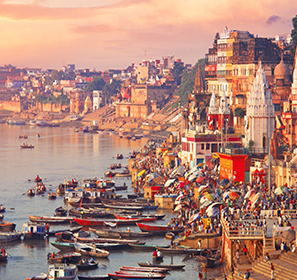
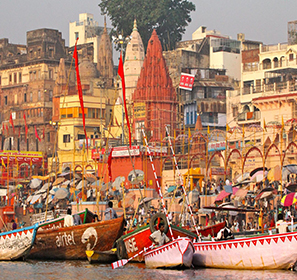


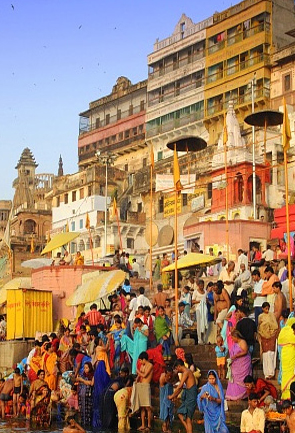



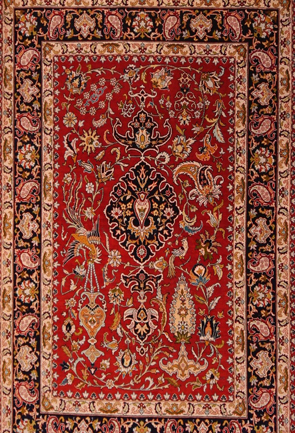
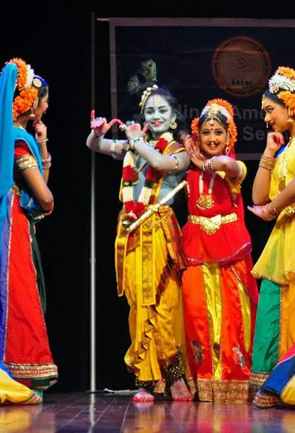
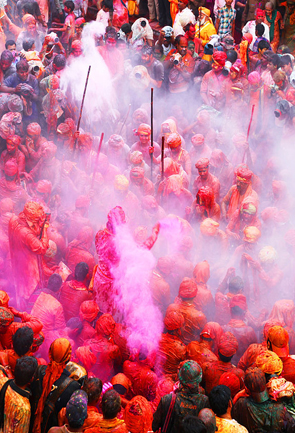


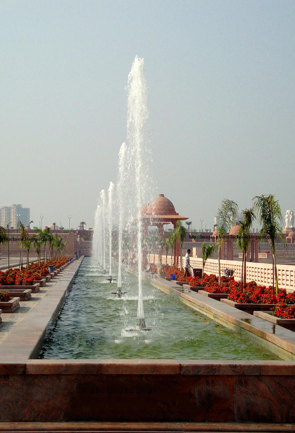

 Plan Trip
Plan Trip Call Us
Call Us Packages
Packages Home
Home